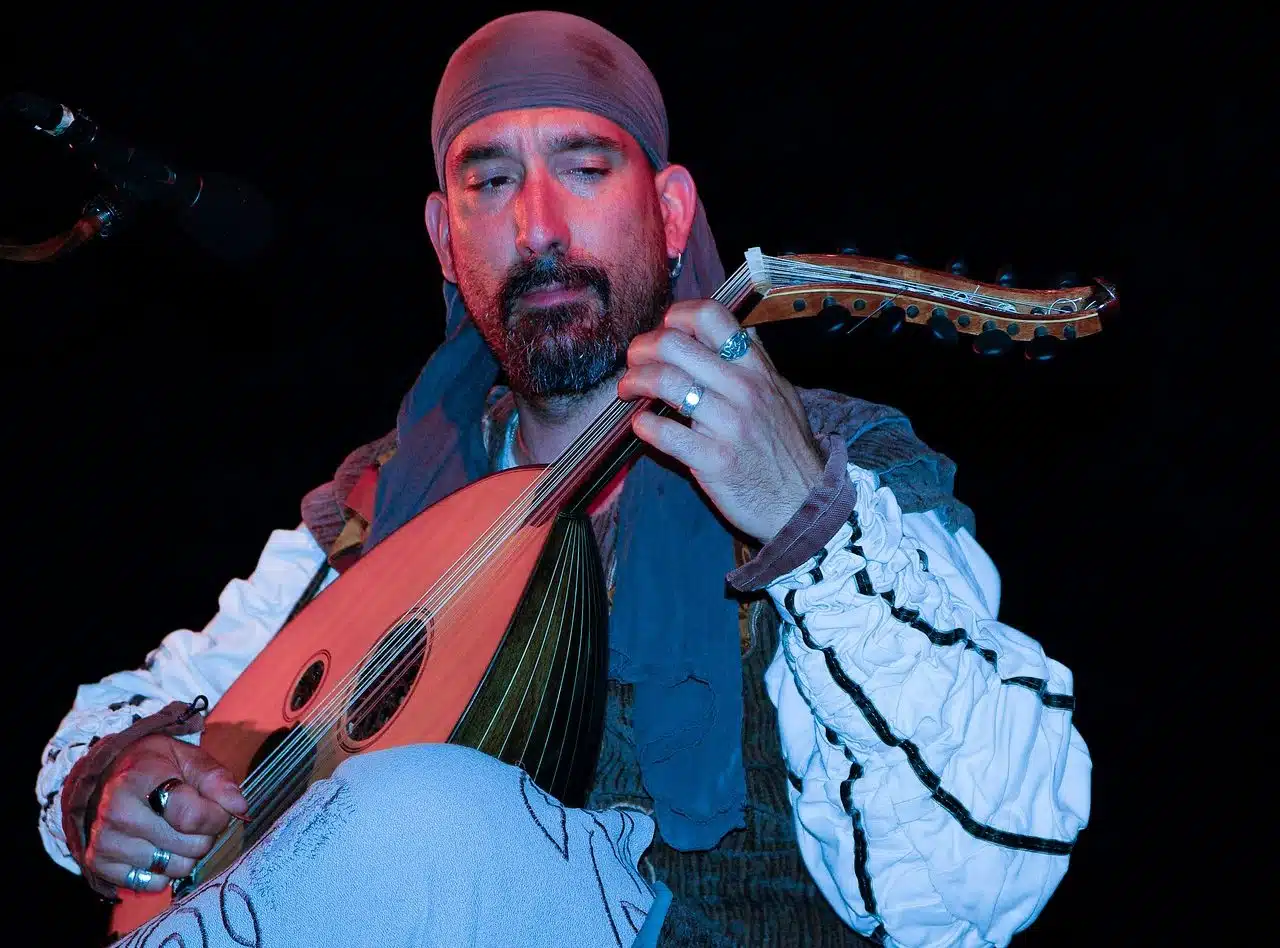
A troubadour was a poet and singer of the Middle Ages.
Troubadour is a term that can be used as an adjective or noun . The concept is associated with the verb trovar , whose action consists of creating and interpreting verses and various poetic compositions. A trova , in fact, is a verse or a certain kind of metrical creation. Hence, the word troubadour is currently also used as a synonym for poet and poetess .
The etymological origin of the concept is found mainly in Latin. And it is the result of the sum of two components: the Provençal trobar that derived from the Latin noun trope (which means "song" ) and the suffix -dor , which indicates agent.
Troubadours throughout history
Regarding the historical use of the notion, it can be said that a troubadour was a bard and singer of the Middle Ages who performed verbs written in the Occitan language . The troubadour could also give his verses to a minstrel , who was in charge of interpreting them.
The troubadours appeared in the courts with their political and social messages. Many times they were nobles who performed troubadours for fun, although there were also troubadours of lesser social prestige who appealed to their art to obtain protection and help.
Some information of interest
It is worth knowing other important data of interest about the troubadours that make their essence and work clear:
- Its origin is in France . More accurately, it is considered that they were born in the 11th century in the south of the French country.
- Germany , Spain e Italy fueron las naciones que rápidamente siguieron la estela y comenzaron a tener también trovadores en sus tierras.
- As a general rule, they used the Provençal language.
- The fundamental themes of the compositions they performed were love, specifically platonic love, and chivalric adventures .
- Among the most important troubadours are figures of the stature of Jaufre Duel , Guillebert de Berneville , Rimbaut de Vaqueiras and even King Alfonso X the Wise , who gave shape to the famous "Cántigas de Santa María" .

Currently the notion of troubadour is used with various connotations.
The troubadour Asuranceturix
From a literary point of view, one of the best-known troubadours is Asurancetúrix , the troubadour of the Gallic village where Asterix and Obélix live, the mythical protagonists of the comic series created by René Goscinny and Albert Uderzo .
That is a rather comical character who tries to demonstrate his art at all times, which is really unbearable for the rest of the neighbors who consider that he does not have much talent.
The concept in Cuban and Argentine music
Trova, on the other hand, is the name given to a musical genre that emerged in Cuba towards the end of the 19th century . Over time it spread to other countries and became associated with all those protest singers, whose compositions seek to denounce injustice or encourage social change.
One of the singers who is usually called a troubadour is the Cuban Silvio Rodríguez , creator of very popular songs such as “ojala” and “Unicornio” . Another singer-songwriter who is part of the movement that became known as Nueva Trova Cubana is Pablo Milanés .
Outside of Cuba , in Argentina people usually speak of Trova Rosarina to refer to a group of singers from the city of Rosario ( Province of Santa Fe ) who stood out for renewing the Argentine popular songbook. Among his greatest references are Juan Carlos Baglietto and Silvina Garré .
